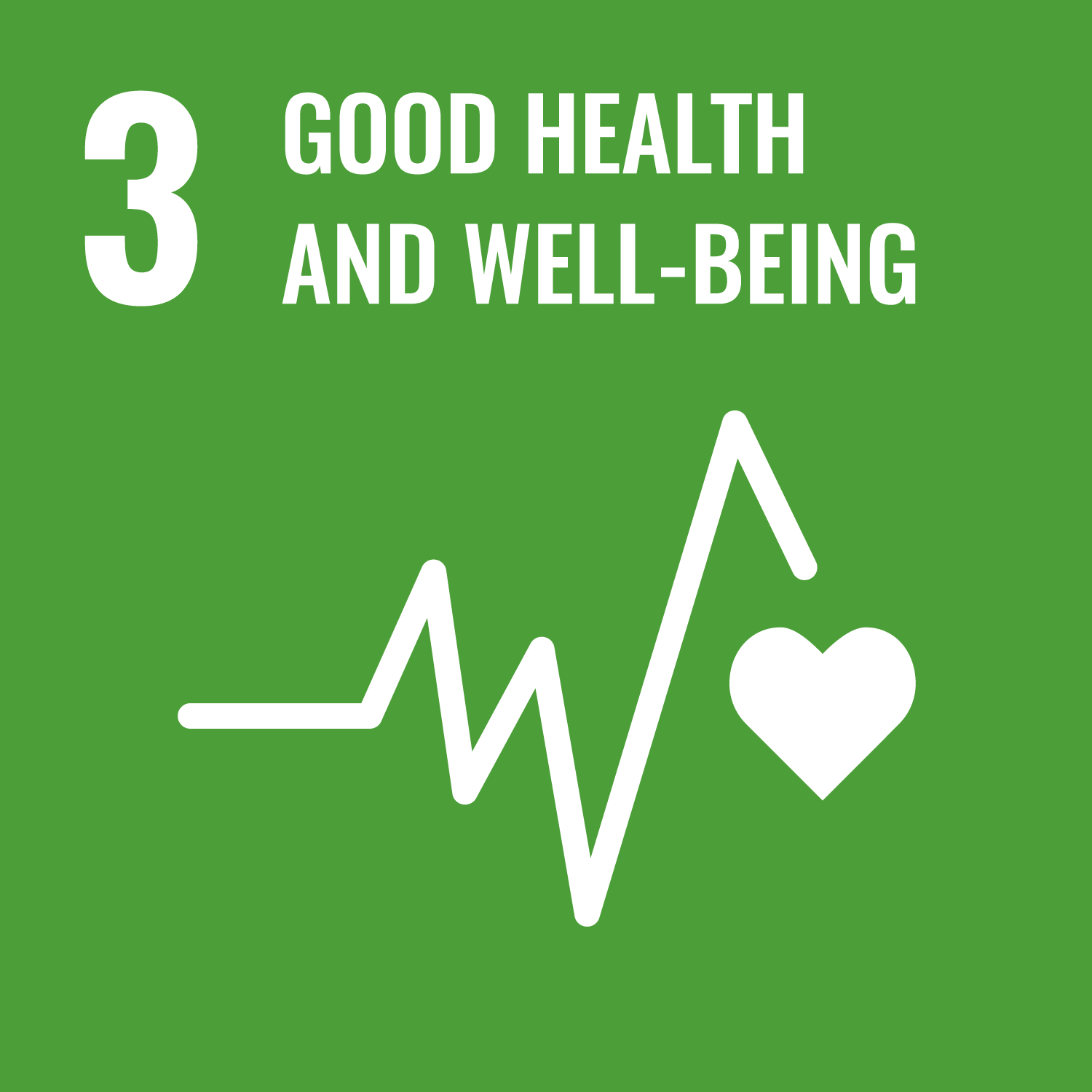Dwomoh, D., Aryeetey, G.C., Agyabeng, K. et al. (12 more authors) (2024) Quantifying Inequality in the Utilization of Healthcare Services Provided by Community-based Health Planning and Services and its Correlates in SelectedUrban Poor Communities in Ghana: An Analytic Cross-Sectional Study, 2023. [Preprint - Research Square]
Abstract
Background
Community-based Health Planning and Services (CHPS) was initially designed to address the healthcare needs of Ghana's rural communities. However, with urban population growth and the subsequent healthcare demands of the urban poor, the CHPS policy was extended to urban areas. There is a significant gap in our understanding of the wealth-related disparities, correlates, and utilization levels of healthcare services under the urban CHPS. This study is a pioneering effort to fill this gap, aiming to quantify the utilization level, identify correlates, and measure wealth-related inequality in healthcare services provided by the CHPS in poor urban settings.
Method
The survey was conducted in four poor urban communities in the Greater Accra Region of Ghana using a quantitative analytic cross-sectional survey design with multistage cluster sampling, ensuring a representative sample of 3543 respondents (97.9% response rate) in the 2070 households. We used the Erreygers and Wagstaff normalized concentration indices with cluster-robust standard errors to estimate the level of inequalities in service utilization. A negative binomial regression model with a delta-based cluster robust standard error was used to identify correlates of service utilization.
Results
Approximately 25.1% [95% CI: 23.2, 27.1] of respondents in the four urban-poor communities utilized healthcare services provided by community health officers (CHOs) via the urban CHPS concept. The Erreygers normalized concentration index (CI) of 0.129 (p = 0.026) showed that the utilization of healthcare services through the urban CHPS concept is significantly more concentrated among the rich or better-off sample households than among the poor households. The utilization of healthcare services provided by CHOs was 17.5% [95% CI: 14.01, 20.94; p < .001] greater among females than males and 12.0% [95% CI: 6.72, 17.21; p < .001] greater among rich individuals relative to poor individuals. The utilization of healthcare services was 13.3% [95% CI: 8.53, 18.02; p < .001] higher among persons living in slum households than those living in non-slum households.
Conclusion
Healthcare service utilization remains low, and disparities exist between the rich and the poor. These findings underscore the need to implement comprehensive, integrated targeted interventions with key stakeholder engagement to increase service utilization and address disparities in healthcare service utilization in poor urban settings.
Metadata
| Item Type: | Preprint |
|---|---|
| Authors/Creators: |
|
| Copyright, Publisher and Additional Information: | This preprint is protected by copyright. This work is licensed under a Creative Commons Attribution 4.0 International License. |
| Keywords: | Inequality, Health Service Utilization, Community-based Health Planning and Services, Urban Health, Urban Poor |
| Dates: |
|
| Institution: | The University of Leeds |
| Academic Units: | The University of Leeds > Faculty of Medicine and Health (Leeds) > School of Medicine (Leeds) |
| Date Deposited: | 20 Oct 2025 08:10 |
| Last Modified: | 20 Oct 2025 08:42 |
| Published Version: | https://www.researchsquare.com/article/rs-4488388/... |
| Identification Number: | 10.21203/rs.3.rs-4488388/v1 |
| Sustainable Development Goals: | |
| Open Archives Initiative ID (OAI ID): | oai:eprints.whiterose.ac.uk:232932 |


 CORE (COnnecting REpositories)
CORE (COnnecting REpositories) CORE (COnnecting REpositories)
CORE (COnnecting REpositories)